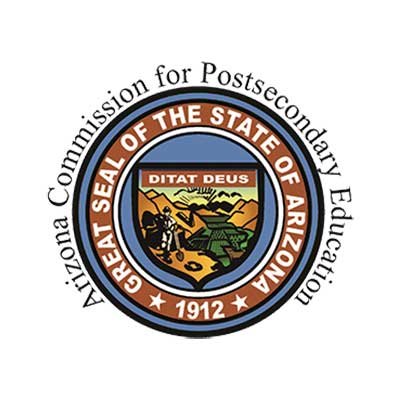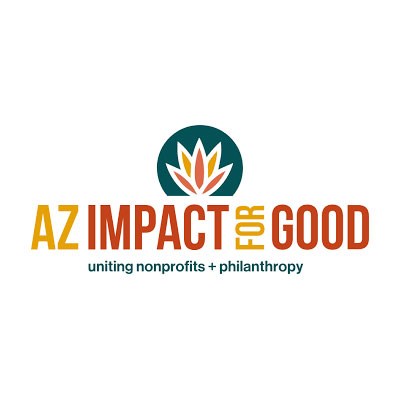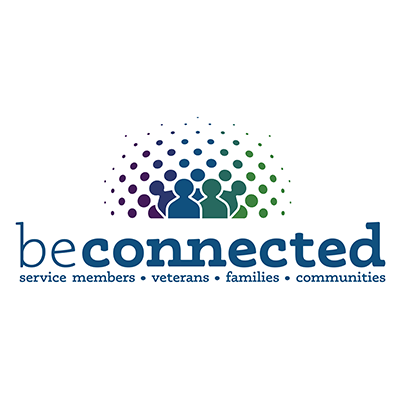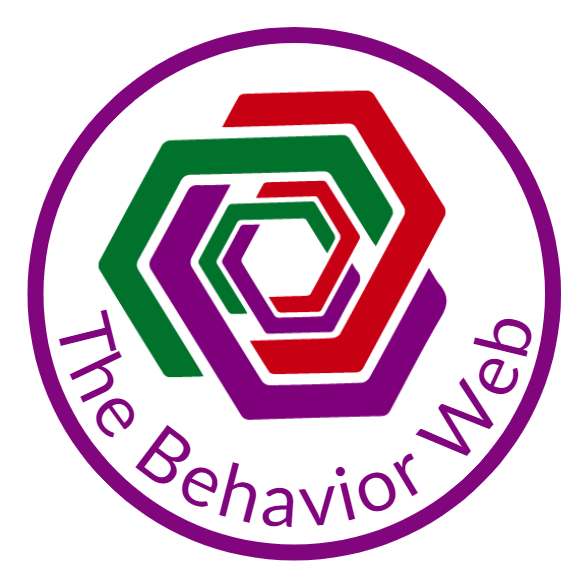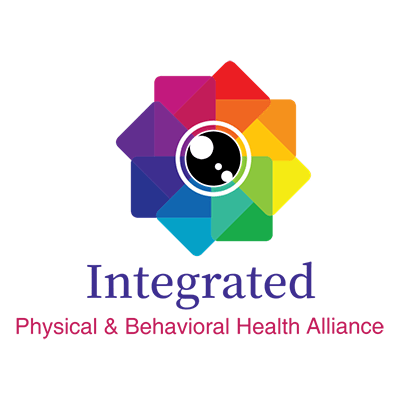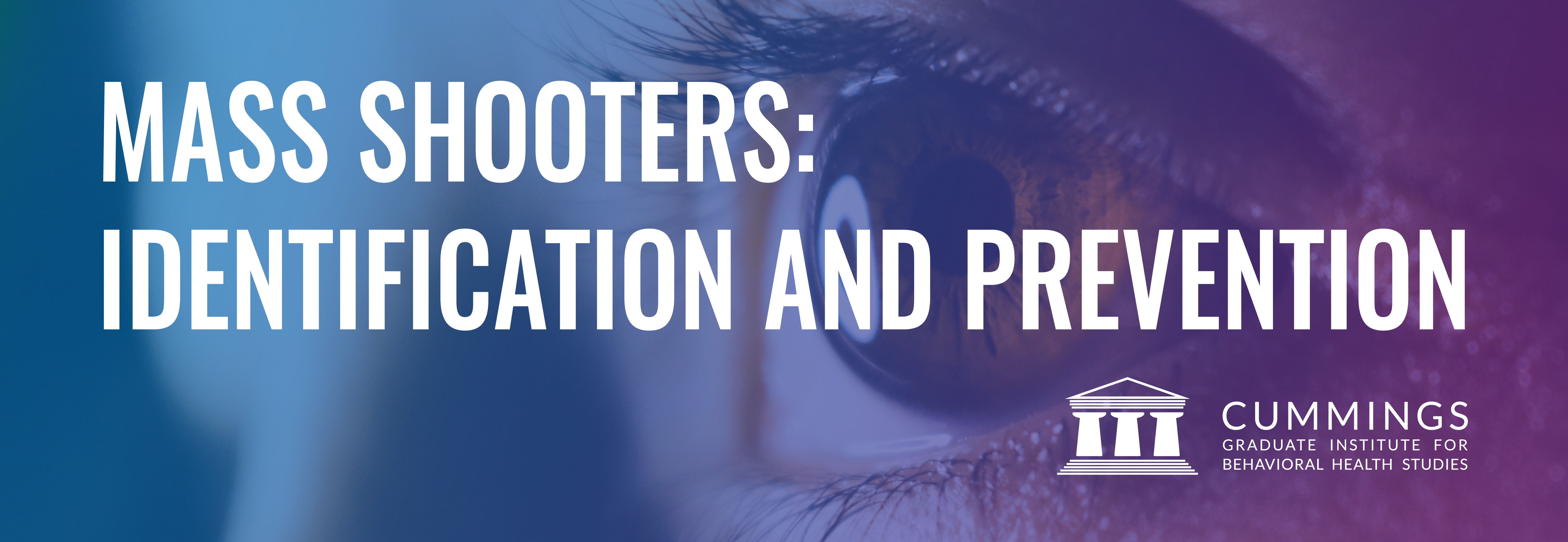
Janet L. Cummings, Psy.D.
Chairman of the Board, Cummings Graduate Institute for Behavioral Health Studies
August 8, 2019
In recent weeks, there have been so many mass shootings that it is difficult to keep the details straight. The American public barely has time to process one mass shooting before another occurs. This past week was especially deadly, with two mass shootings in two days. C.A. Miranda (2019, August 4) gives a rundown on recent mass shootings:
- August 4, 2019: A gunman in Dayton, Ohio killed 9 people and injured at least 27 in the historic Oregon District. He was then killed by police.
- August 3, 2019: A gunman killed 22 people and injured at least 26 in an El Paso, Texas Walmart.
- July 28, 2019: A shooting at the Garlic Festival in Gilroy, California resulted in 4 deaths (including the gunman). 13 people were injured.
- May 31, 2019: 12 people were killed and 6 others were wounded in a municipal building in Virginia Beach.
- February 15, 2019: A gunman killed 5 co-workers in a manufacturing plant in Aurora, Illinois. He was then killed by police.
- November 7, 2018: A U.S. Marine killed 12 people and injured 18 in a nightclub in Thousand Oaks before killing himself at the scene.
- October 27, 2018: 11 people were killed and 6 were injured in a Synagogue shooting. 4 police officers were also wounded, as was the shooter before being taken into custody.
- June 28, 2018: 5 people were killed in an Annapolis, Maryland newspaper office.
- May 18, 2018: 10 people were killed and 13 injured in a Houston area high school.
- February 14, 2018: 17 students and staff were killed in a Parkland, Florida high school.
C.A. Miranda (2019, August 4) also lists 4 mass shootings in 2017, 2 mass shootings in 2016, and 4 mass shootings in 2015.
Like many others, this author has been trying to make sense out of this very disturbing trend, and came across a very interesting article by Peterson and Densley (2019, August 4). These authors have spent two years studying the lives of mass shooters in the United States, going back decades. With a National Institute of Justice grant, they looked at every mass shooter who shot and killed four or more people since 1966. They also looked at all shooting incidents that took place in schools, places of worship, and workplaces since 1999. These researchers discovered four commonalities among the mass shooters that they studied:
- The majority of mass shooters that the researchers studied experienced childhood trauma and were exposed to violence at a young age.
- Almost all the mass shooters studied reached “an identifiable crisis point” in the days, weeks, or months prior to the shooting. They had become depressed, despondent, or angry over a particular grievance.
- Most of the shooters studied had spent time studying the actions of previous shooters, and used their studies to validate their own motives. Most also spent a lot of time on the Internet and social media, looking for validation for their motives and plans.
- All of the mass shooters had the means to carry out their plans, including access to firearms.
There have always been people who experienced childhood trauma, and there have always been people reaching crisis points in their lives. These two factors do not explain the appalling number of mass shootings in recent years. This author agrees with Peterson and Densley (2019, August 4) that the third commonality (the study of other shooters and seeking validation via social media) is a critical factor in the increase in mass shootings in recent years. News is available 24 hours a day, 7 days a week. Social media has given people validation for their hatred toward particular groups of people, as well as giving the impression that becoming a mass shooter is a good way to make a political point and to achieve notoriety. According to Peterson and Densley (2019, August 4), “Perpetrators study other perpetrators and model their acts after previous shootings,” and “many are radicalized online.”
While each shooter certainly has their own reasons and path to making the decision to become a mass shooter, there are several motivations that are strong influences:
First, many shooters are motivated to make a point in a way that gets national attention. Their point may be that they have been wronged at a workplace, that they have been bullied in school, or that they are justified in their hatred for a particular group of people.
Second, many shooters seek the fame that comes from their actions, as their names and photos will be shown on every news channel, as well as all over the Internet and social media. They think that everyone will know who they are, and that this notoriety will further give validity to their beliefs. In cases where victims are seemingly selected at random, this notoriety may be the primary motivation as opposed to making a political or other point.
Third, they may be suicidal. They may see shooting themselves or “suicide by cop” as an added bonus to the strong point they will make or the notoriety they will gain through their actions (L. Dewey, et al, 2013). In this case, homicide and suicide collide, resulting in what suicidologists sometimes term a “dual death” (one or more homicides, followed by a suicide).
There is currently much political and media focus on Peterson and Densley’s (2019, August 4) fourth commonality among mass shooters: access to firearms. While this is certainly a worthy discussion, this author would like instead to focus on Peterson and Densley’s (2019, August 4) third commonality among mass shooters: using the Internet and social media to study other shooters and to validate their motives.
A major driving force in the increasing number of mass shootings is the news and other media outlets that report on mass shootings, as well as Internet sites and social media that encourage hatred and violence. The American Psychological Association (2016) terms this phenomenon “media contagion.” In an effort to keep the pubic informed, news outlets may inadvertently create this “media contagion” effect, which in turn influences others to become mass shooters. This author believes that some future mass shootings might be prevented if less attention and notoriety were given to mass shooters.
Interestingly, a movement to develop tools that would use social media to help detect potential mass shooters before they strike is gaining bipartisan support (Rundle, 2019, August 6). There are certainly those who oppose this idea. There are also many other challenges (technological, political, and legal) to this use of social media. However, there is the potential to use social media to prevent mass shootings instead of to encourage them. It is this author’s hope that such tools will be developed and utilized.
Most mass shooters exhibit warning signs prior to committing violence. Some post opinions (even manifestos) that justify violence on social media sites. Others are quite vocal to family and friends about their hatred toward a particular group of people, and even publish or vocalize their plans to shoot members of that group. “Red Flag Laws,” which enable law enforcement to confiscate weapons from someone who might be at risk for violence, may prove helpful. However, vigilance on the part of the public may prove far more helpful. Those who suspect that a friend or family member may be planning a mass shooting or other violence should report their concerns to law enforcement or a qualified mental health professional.
While not every potential mass shooter sees a mental health professional in the days, weeks or months prior to the shooting, some do. There is an enormous body of psychological literature on the identification and treatment of suicidal patients, but much less is available on the identification and treatment of homicidal patients or patients who are both homicidal and suicidal. Such training for mental/behavioral health professionals is critical if future mass shootings are to be prevented.
The National Council for Behavioral Health recently released a paper entitled “Mass violence in America: Causes, impacts, and solutions” (National Council for Behavioral Health, 2019, August 6). This paper makes the following recommendations for preventing mass shootings:
- Create multi-disciplinary threat-assessment teams, including law enforcement, legal teams, security departments, and mental/behavioral health professionals.
- Enact “Red Flag Laws,” which would allow a proactive approach before someone becomes a mass shooter.
- Involve mental/behavioral health professionals in threat assessments performed by law enforcement personnel.
Require training for all mental/behavioral health professionals on violence risk assessment. - Train school staff, law enforcement, and community members on how to respond to mental health and substance abuse issues.
- Re-examine/research the effects of policies like zero tolerance and security measures like metal detectors and bulletproof glass in schools.
At Cummings Graduate Institute for Behavioral Health Studies, we do not shy away from such discussions. We encourage our students to ask questions about recent and past mass shooters, and to learn to identify at-risk individuals before they take the lives of innocent people.
References
American Psychological Association. (2016). “Media contagion” is a factor in mass shootings, study says. Retrieved August 08, 2019, from https://www.apa.org/news/press/releases/2016/08/media-contagion
Burke, M. (2019, August 06). Gilroy Garlic Festival shooting being investigated as domestic terrorism by FBI. Retrieved August 08, 2019, from https://www.nbcnews.com/news/us-news/gilroy-garlic-festival-shooting-being-investigated-domestic-terrorism-fbi-n1039681
Dewey, L., Allwood, M., Fava, J., Arias, E., Pinizzotto, A., & Schlesinger, L. (2013). Suicide by cop: Clinical risks and subtypes. Retrieved August 08, 2019, from https://www.ncbi.nlm.nih.gov/pubmed/24224677
Miranda, C. A. (2019, August 04). Recent mass shootings in the U.S.: A timeline. Retrieved August 08, 2019, from https://www.latimes.com/world-nation/story/2019-08-03/united-states-mass-shootings
National Council for Behavioral Health. (2019, August 06). Mass violence in America: Causes, impacts, and solutions. Retrieved August 08, 2019, from https://www.thenationalcouncil.org/wp-content/uploads/2019/08/Mass-Violence-in-America_8-6-19.pdf?mkt_tok=eyJpIjoiWlRjMVlUUTRZekZtTnpRNCIsInQiOiJSNXNVU3RwN0toMjA1OUloRmVlQ3NuS1dEYTN2eURLXC9xMnRjSFZ6ekNtUUJHR2ZWZzlHMEMraXYwK1p6dGE5N0RtM2pqNjhBV2RcL3BDam9oZ1V2cXVkSWVyYVFybU5yK3FyZVFLTjJadU9wSmNwanYwV3NWbithbUFEYVpqK3hnIn0%3D
Peterson, J., & Densley, J. (2019, August 04). Op-Ed: We have studied every mass shooting since 1966. Here’s what we’ve learned about the shooters. Retrieved August 08, 2019, from https://www.latimes.com/opinion/story/2019-08-04/el-paso-dayton-gilroy-mass-shooters-data
Rundle, J. (2019, August 06). Using Social Media to Prevent Mass Shootings Faces Challenges. Retrieved August 08, 2019, from https://www.wsj.com/articles/using-social-media-to-prevent-mass-shootings-faces-challenges-11565083805




